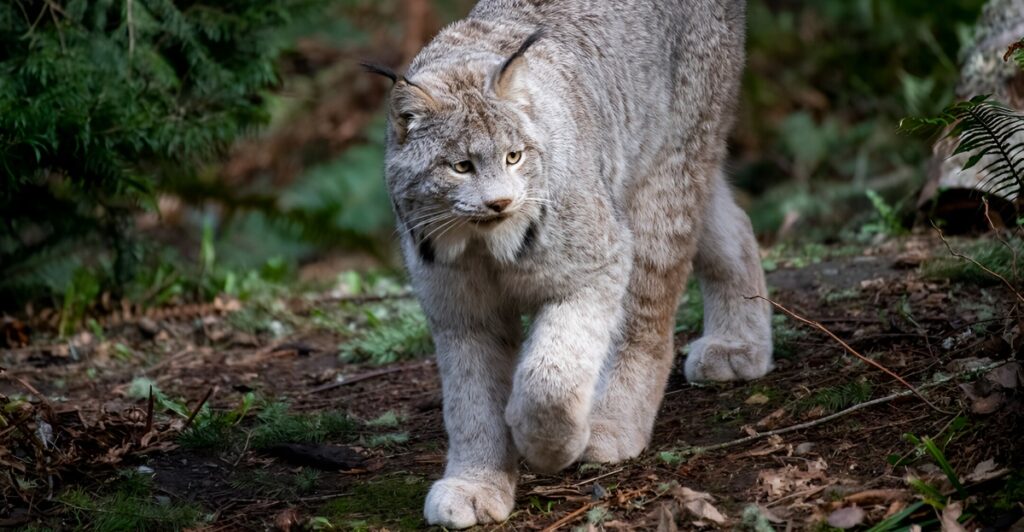
From ancient myths to viral backyard trail cam footage, wildcats have stalked the Americas for centuries. These apex predators, with their strength, elusiveness, and beauty, play a fundamental role in landscapes across the country.
Though domestic cats capture the internet’s heart, their wild relatives terrorize the land with muscle, mystery, and menace. In this article, we will explore the nine largest wild cats seen in America.
Where biology meets myth, policy meets pop culture, and size meets survival. Each cat has a tale to tell. Whether they prowl deserts, forests, or icy tundra, they’re our treasured fur-clad legends.
1. Cougar – The Phantom of the Mountains
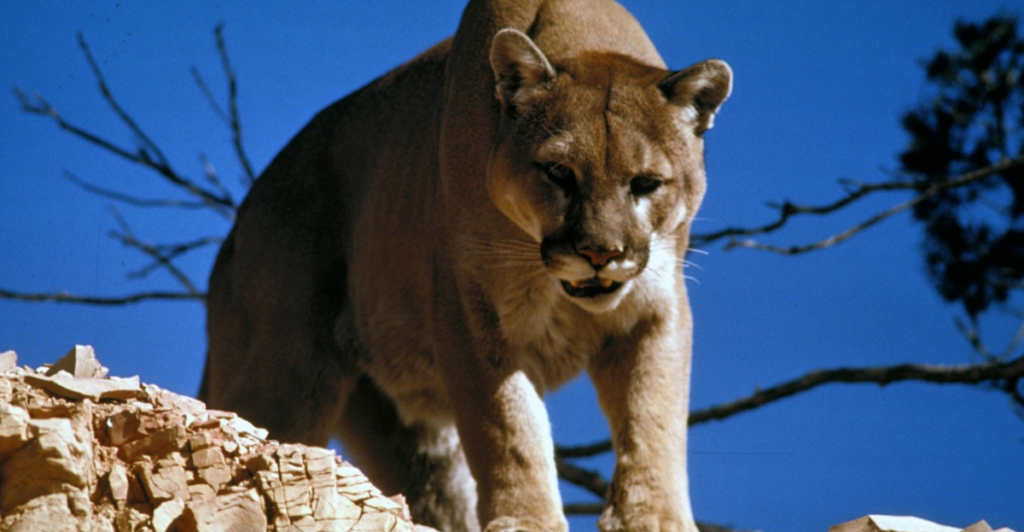
The cougar (Puma concolor), also known as a mountain lion, puma, or panther, is the largest wild cat in North America. It measures eight feet long (including tail) and can weigh up to 220 pounds. From the Canadian Yukon to the Chilean Andes, this forceful phantom is notorious for staying one step ahead of human detection.
Though declared extinct in the eastern U.S. in 2011, there have been a number of exciting, confirmed sightings. Now, some scientists suggest rewilding them in the East to increase their numbers and keep growing deer populations in check. Cougars roam over 16 U.S. states, although their territory is shrinking due to urban sprawl.
2. Florida Panther – The South’s Comeback Kid
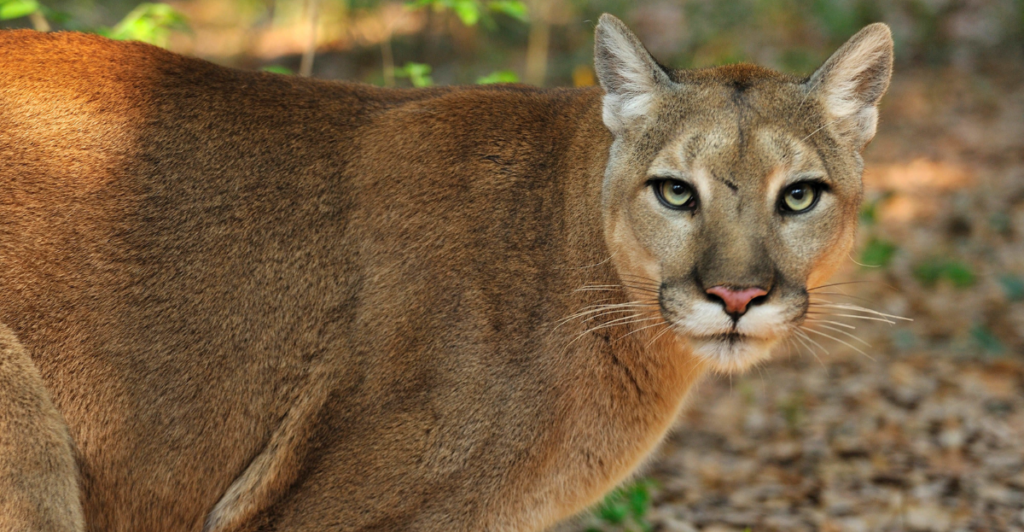
A subspecies of mountain lion, the Florida panther (Puma concolor coryi) is the only breeding population of pumas east of the Mississippi. Weighing up to 160 pounds and reaching six to seven feet in length, the cat was nearly extinct by the 1990s.
Their populations declined due to inbreeding and genetic disorders. The solution proved controversial but ultimately successful. Conservationists introduced cougars from Texas to help the gene pool. Now, there are about 200 individuals that are thriving.
In fact, three Florida panther kittens were born early this year and are being closely monitored by the Florida Fish and Wildlife Conservation Commission. It’s a shining example of how successful conservation biology, genetics, and risk management can be.
3. Jaguar – The Spotted Ghost of the Southwest
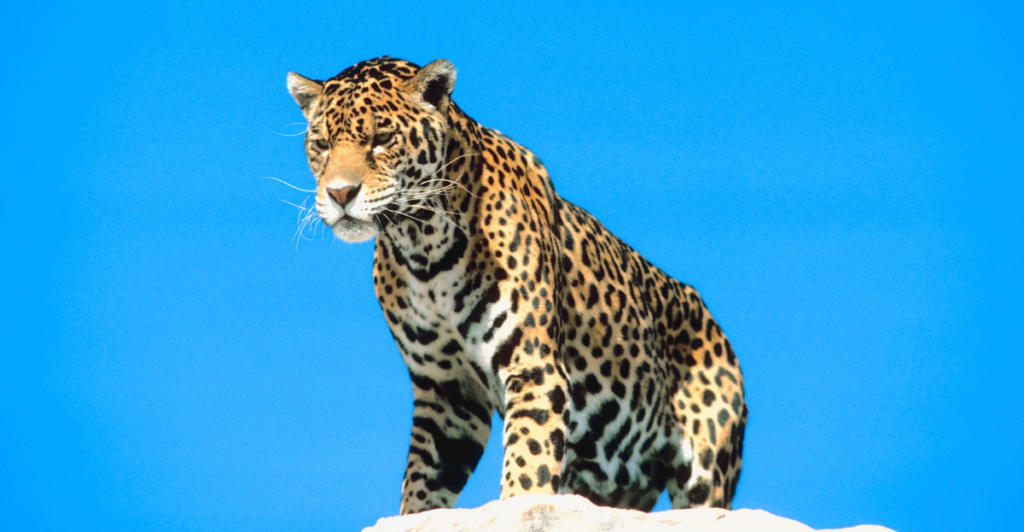
Although jaguars (Panthera onca) are typically associated with Central and South America, a handful of males have recently invaded southern Arizona and New Mexico.
The jaguar is the sole indigenous large cat of North America in the Panthera family, to which lions and tigers also belong. They weigh over 250 pounds and are six to seven feet long.
Jaguars were previously spotted as far north as the Grand Canyon, but ranching and deforestation have nearly rendered them extinct. Conservationists are now fighting for their reintroduction.
4. Ocelot – The Texas Endangered Aristocrat
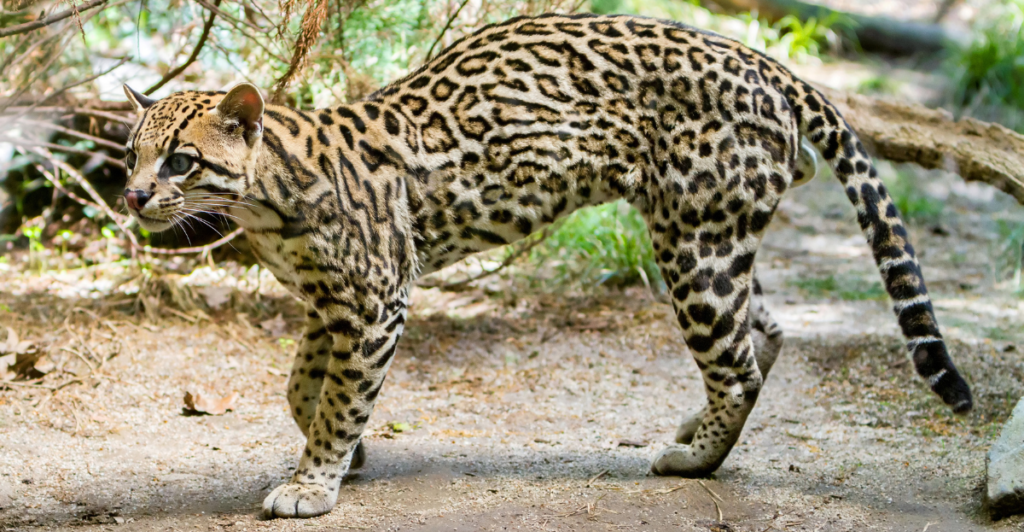
Thin, spotted, and solitary, ocelots (Leopardus pardalis) once ranged from the southern U.S. into Mexico and Central America, but fewer than 100 now exist in Texas. Weighing as much as 40 pounds and measuring nearly four feet long (including tail), these rarely seen cats have been front and center in the fight for wild cat conservation.
Oil fields and highways have fragmented their natural habitat, making survival an ecological and political battle. Some have called for constructing “cat crossings”—bridges and tunnels beneath the earth—to protect ocelots from heavily trafficked highways.
This solution would see an unprecedented example of how wildlife conservation and civil engineering can collaborate to protect and preserve natural migration corridors.
5. Margay – The Acrobat We (Probably) Lost
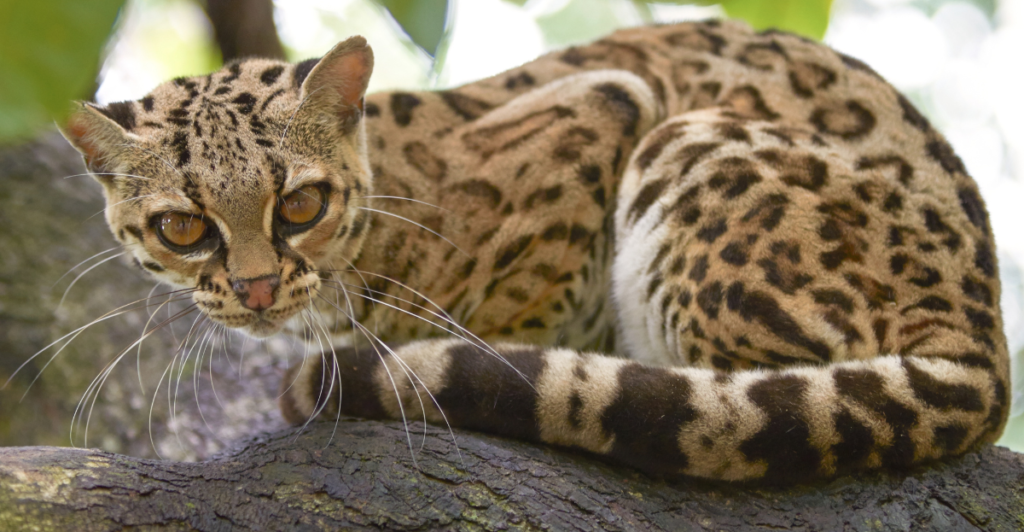
The margay (Leopardus wiedii) is a tiny jungle acrobat, only weighing seven to 10 pounds and measuring two to three feet long. Once thought to inhabit parts of Texas, its presence remains scientifically unconfirmed.
Unlike most wild cats, the margay has 180-degree turning ankles and can rappel down trees headfirst, like a squirrel. Its acrobatic skills inspired roboticists studying limb motion and flexible joints.
Even though its current range stops at Mexico, climate change and habitat alteration make its return possible. In this case, a small cat might cast a long shadow over ecosystems and bioengineering.
6. Bobcat – America’s Most Adaptive Predator
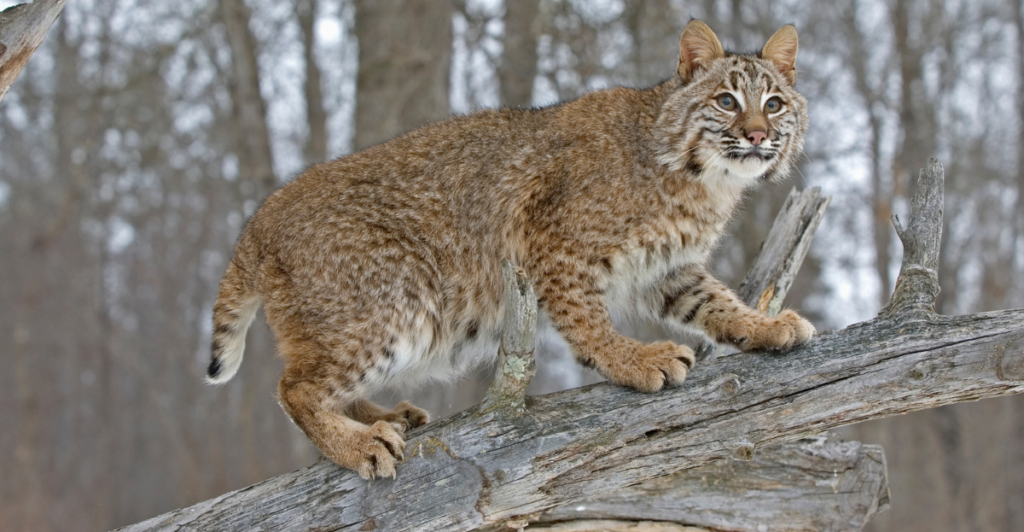
Don’t be deceived by its size—bobcats (Lynx rufus) are resourceful survivalists. Weighing an average of 20–30 pounds and measuring two to three feet in length, this wild cat has been spotted in nearly all but a few U.S. states.
Due to their adaptable diet and shy nature, bobcats are a conservation success story. They thrive in forests, deserts, swamps, and even suburban areas. Further, urban bobcats have been known to use culverts and storm drains as passages to cross city streets.
As our security surveillance activities increase, sightings have become more frequent, which has spurred arguments about whether or not bobcats should be included in America’s urban wildlife infrastructure.
7. Jaguarundi – The Otter-Cat Enigma
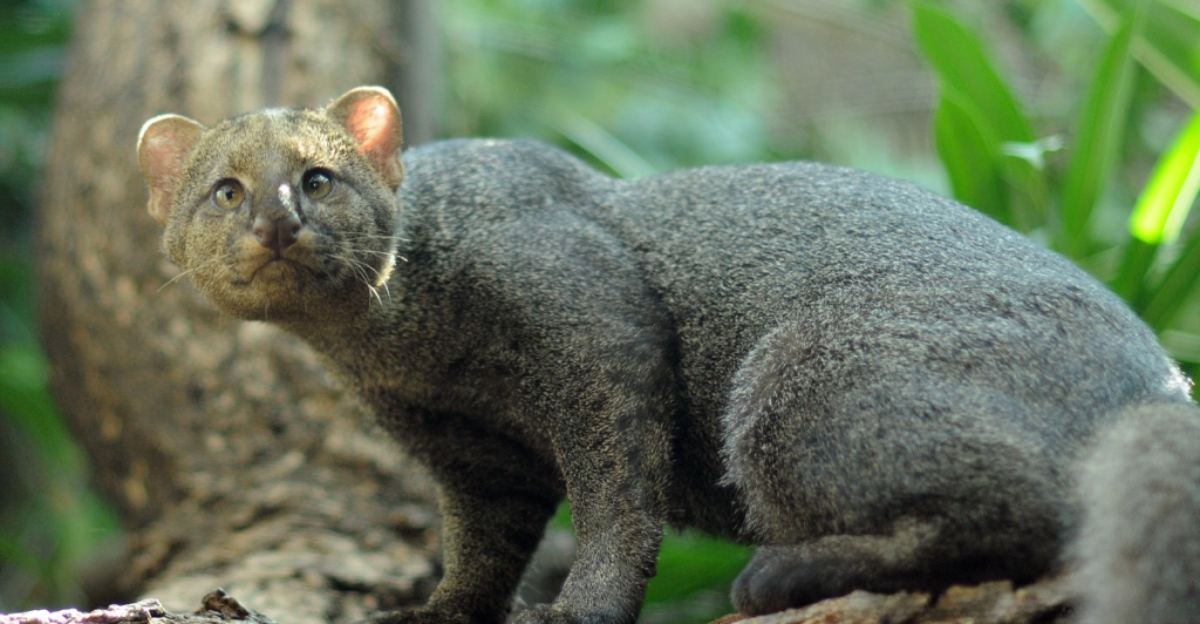
The jaguarundi (Herpailurus yagouaroundi) defies our expectations of a wild cat. Sleek and weasel-like, it is roughly 2.5 feet long and weighs up to 20 pounds.
Hidden behind a large snout are powerful claws that take down the cat’s small but spirited prey. Its distinctive appearance often causes it to be mistaken for a large house cat or an exotic pet.
Once native to Texas, the jaguarundi has not been officially sighted in the state since 1986, but there is some anecdotal evidence that they continue to inhabit the region. Now, AI-equipped trail cameras and citizen science websites are used to validate unverified sightings.
8. Canadian Lynx – The Arctic Specialist
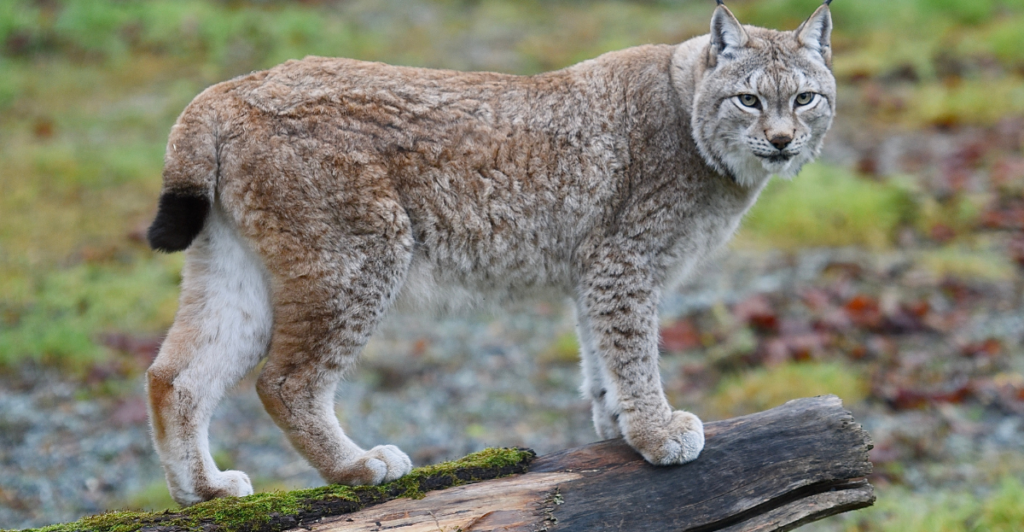
The Canadian lynx (Lynx canadensis) exhibits remarkable adaptations to cold climates, including large, snowshoe-like paws. At two feet tall and 30 pounds maximum, it’s as tall as the bobcat but bulkier in northern habitats. Its primary source of prey is the snowshoe hare.
Found primarily in Alaska and the Rocky Mountains, the lynx was spotted further south thanks to reintroduction efforts. Despite its dependence on a single food source, some ecologists argue that its specialized diet makes this cat more resilient to climate change due to deep specialization, not less.
9. Serval – The African Nomad in America
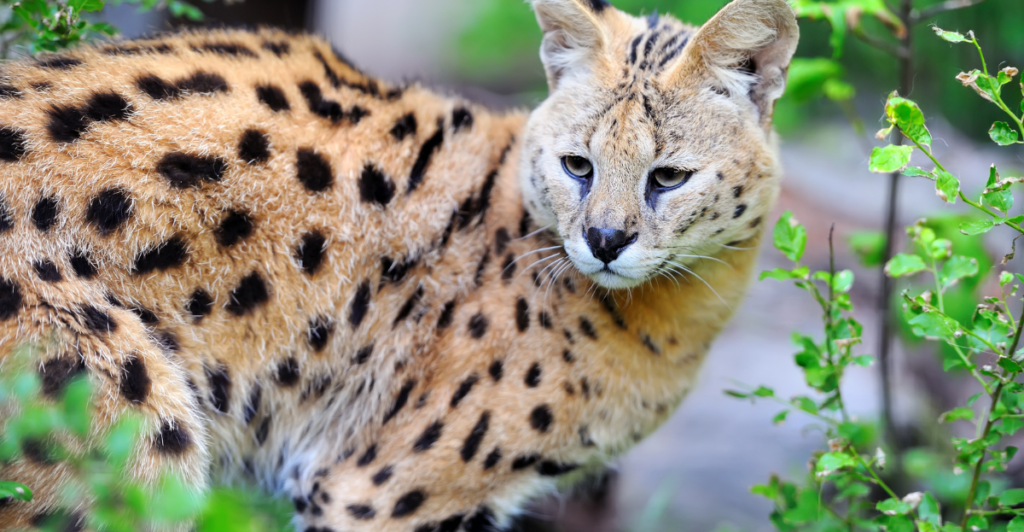
A native of sub-Saharan Africa, the serval (Leptailurus serval) has been introduced to the American landscape because of the exotic pet trade. Servals evade capture or escape when their owners can no longer manage their feral habits.
It weighs roughly 40 pounds and stands about two feet tall at the shoulder. It possesses the longest legs of any cat, in relation to its body size. In 2022 alone, servals were seen in Georgia, Pennsylvania, and Colorado.
Now, conservationists and lawmakers are debating whether servals should be protected in the wild, euthanized, or recaptured. The decision involves a bizarre combination of invasive species management, animal welfare, and biosecurity that no one could have anticipated.
Explore more of our trending stories and hit Follow to keep them coming to your feed!

Don’t miss out on more stories like this! Hit the Follow button at the top of this article to stay updated with the latest news. Share your thoughts in the comments—we’d love to hear from you!







